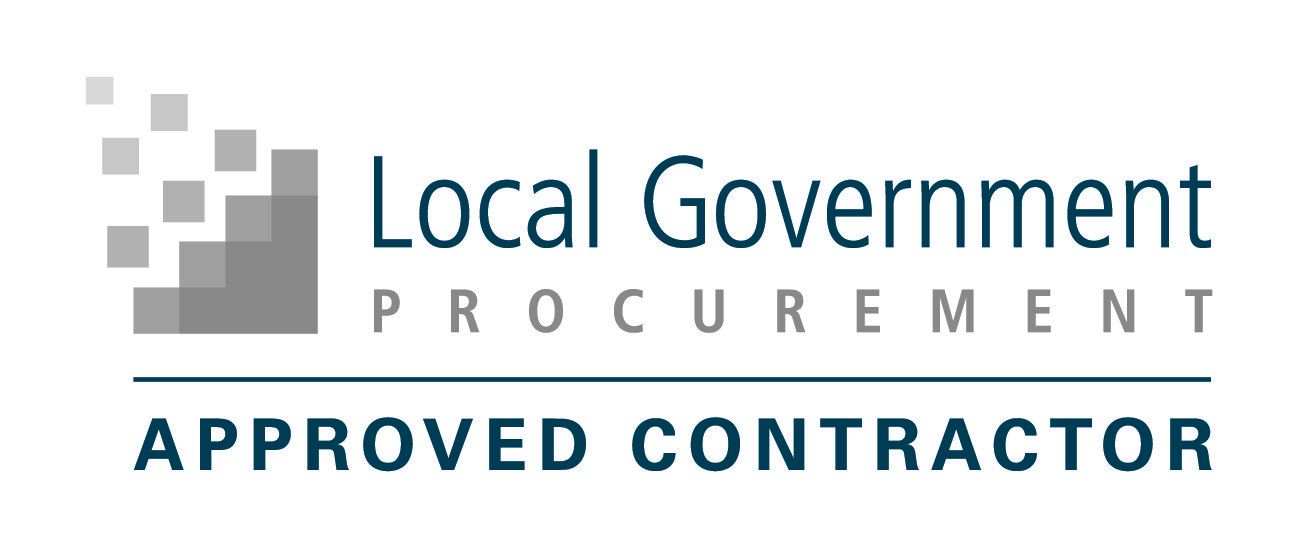Federal Budget 2021: Benefits for small and medium-sized businesses
Joe Papadatos, Managing Director
SMEs were among the winners in Federal Budget 2021 handed down by Treasurer Josh Frydenberg on May 11. From a financial perspective, initiatives announced include the expansion and extension of government support in relation to full expensing and loss carry back.
There’s extra funding for training, upskilling, and apprenticeships, which will be particularly welcome in sectors suffering skills shortages, such as IT and Agriculture.
Spending has also been increased on the digital economy, which will help SMEs to streamline productivity, and improve cash flow with reduced administration and faster payments. These initiatives will bring down the costs of doing business.
Indirectly, SMEs that support the infrastructure sector will benefit from an additional $15.2 billion for a range of infrastructure projects, including highway and rail upgrades around the country, and freight hubs like the Melbourne Intermodal Terminal.
Federal Budget 2021 highlights for SMEs
Here are our five key takeaways for SMEs from Federal Budget 2021 and how your business can take advantage of them.
Financial bonuses
The temporary investment tax incentive announced in last year’s budget has been extended for a further 12 months, until June 30, 2023. Businesses with a turnover of up to $5 billion will be able to deduct the full cost of any eligible assets they purchase for their business, including the cost of improvements to existing assets, until 30 June 2023.New Paragraph
“Spending has been increased on the digital economy, which will help SMEs to streamline productivity and improve cash flow.”
Similarly, companies will be permitted to carry back tax losses for an extra 12 months from the 2020, 2021, 2022, and now 2023 tax years to offset previously taxed profits in the 2019 tax year or later years.
Training, upskilling and apprenticeships
There is extra funding for training, upskilling and apprenticeships, which will be particularly welcome in sectors suffering skills shortages such as IT and Agriculture.
An extra $1.5 billion has been earmarked to hire 100,000 apprentices and trainees in the next year as the government extends one of its most successful job creation programs for the second time. Under the program, employers will be reimbursed 50 per cent of an apprentice’s or trainee’s wage for the first year, up to a cap of $7,000 a quarter.
Additionally, almost $130 million has been allocated to encourage entrepreneurship through the New Enterprise Incentive Scheme (NEIS) and the Entrepreneurship Facilitators Program support people who want to start, run and grow their own business.
Digital economy strategy
The Federal Government will provide $1.2 billion over six years from 2021-22 for its digital economy strategy. Small businesses are set to benefit from this strategy that will include changes to the tax treatment of intangible assets, access to digital technology advice, and funding to accelerate the take up of e-invoicing.
To benefit SMEs, there is $53.8 million over four years to create a National AI Centre and four AI and Digital Capability Centres to drive and support SMEs to adopt and use transformative artificial intelligence technologies. Over three years, $15.3 million will be spent to promote and accelerate the adoption of e-invoicing by businesses and across all levels of government.
Cutting red tape
Small businesses can also expect to benefit from the government’s $10 million investment in regulatory technology. This funding will go toward the development of new digital tools that will help employers understand and comply with modern awards, which is a considerable burden for many SMEs.
“Small businesses can benefit from new digital tools that will help employers understand and comply with modern awards – a considerable burden for many SMEs.”
Additionally, small businesses are set to benefit from the government’s $134.6 million deregulation package, which aims to help employers comply with workplace law using tech solutions.
The federal government’s deregulation package, announced as part of the federal budget, is intended to support Australia’s economic recovery by, “cutting red tape for businesses interacting with government”.
More funding for the Employment Contract Tool
The government will spend $7.2 million over three years to improve the Employment Contract Tool, which helps employers make employment contracts that comply with workplace law. The tool, which already exists at business.gov.au, allows employers to download an employment contract and letter of offer, saving time and money.
How Icon Visual Marketing can help
At Icon, we work with SMEs to help them grow their businesses and solve business problems by building customer connections through innovative marketing programs. But we also act as business advisors who understand the challenges SMEs face every day.
Need a partner to help you connect with your customers? Contact Icon today on 1300 138 984 and let’s work together to get your customers returning again and again.
KEEP IN TOUCH


Ready to talk?
Let's start that project! We’d love to hear from you. Simply send us a message via the request form and we’ll get back to you as soon as we can.
Contact Us - Footer
We will get back to you as soon as possible.
Please try again later.













